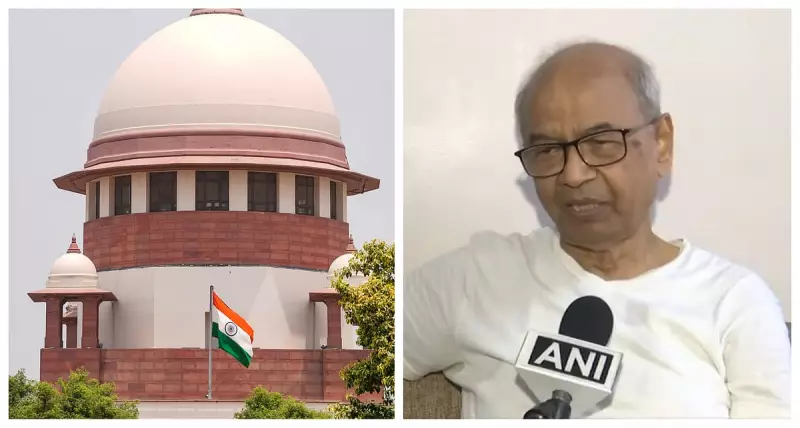
In a remarkable development that has captured national attention, the Supreme Court of India has demonstrated unprecedented leniency toward an advocate who committed a shocking act of disrespect toward the country's highest judicial authority.
An Unexpected Judicial Response
The apex court, in a surprising turn of events, has expressed its disinclination to initiate contempt proceedings against a lawyer who hurled a shoe toward Chief Justice of India B.R. Gavai. The incident, which would typically warrant severe legal consequences, has been met with what many are calling an extraordinary judicial response.
'Let the Incident Die Its Natural Death'
The court's philosophical stance emerged through a bench comprising Justice Vikram Nath and Justice Satish Chandra Sharma. Their observation that the incident should be allowed to "die its own natural death" reflects a departure from conventional judicial approaches to such direct challenges to court dignity.
The unprecedented nature of this decision becomes even more significant considering the symbolic importance of the Chief Justice's position and the traditional sanctity accorded to courtroom proceedings in India.
Context and Implications
This judicial response raises important questions about the evolving nature of court decorum and the boundaries of acceptable behavior within India's legal system. Legal experts across the country are divided in their interpretations of this development.
Some view it as a mature approach that avoids unnecessary escalation, while others express concern about potential precedents being set for courtroom conduct. The decision undoubtedly marks a significant moment in the ongoing evolution of India's judicial processes and their response to direct challenges.
The Supreme Court's handling of this sensitive matter continues to generate discussion among legal professionals, court observers, and the general public about the appropriate balance between maintaining judicial dignity and exercising judicial restraint.





